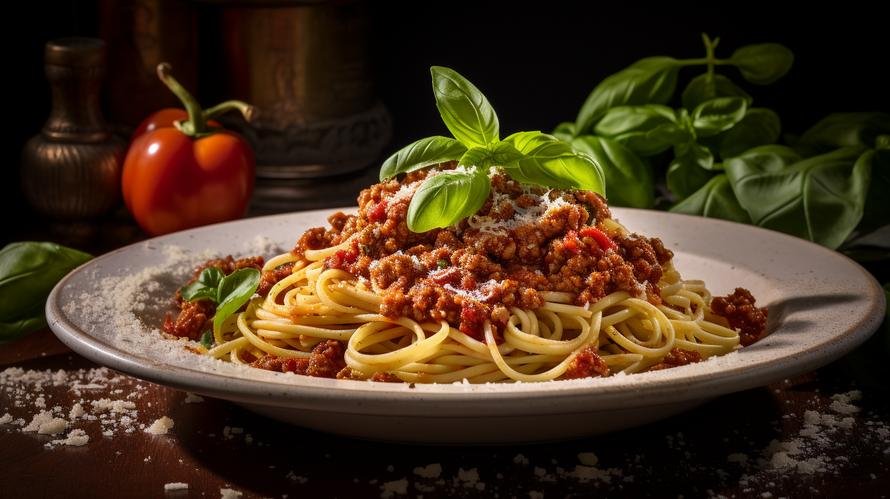If you were a bettor, you’d likely put all your money on the fact that Bolognese sauce contains tomatoes, garlic, and a heap of meat, right? You wouldn’t be wrong. But what if you discovered that there’s an undercover fruit which not only bolsters the flavor but also balances the savoriness in an extraordinary way? Drum roll, please! Ladies, gents and pasta lovers alike, we introduce you to the fabulous, the amazing, the often overlooked… apple!
I know! Apples in Bolognese sound as peculiar as putting pineapple on pizza or ketchup on pasta. But, stick with me as I reveal why this under-the-radar ingredient might just be the missing puzzle piece to take your sauce from pleasing to palate-popping.
The apple, commonly associated with Americana desserts and afternoon snacks, is often seen as the Cinderella of the Bolognese soirée. But there’s no debate that when paired rightly, this fruit brings out flavorful notes that can make your sauce a ballroom success.
But why apples? To understand this interesting choice, we need to delve deep into the flavor profile of the Bolognese sauce. Traditional Bolognese is a simmered dish originating from Bologna, Italy. It boasts a robust meat flavor, its depth achieved through hours of slow cooking. The results are a thick, hearty sauce rich with meat, vegetables, and tomatoes, bouncing across your taste buds with a sophistication that makes you sing, “That’s Amore!”
To balance all this meatiness and savoriness, our taste buds need a contrast, something delicately sweet, slightly tart, and mildly acidic. Enter the apple. A peeled and cored apple, grated and added just before the simmering phase, subtly introduces these characteristics. As the sauce simmers, the apple integrates seamlessly into the mix, its taste not standing out but rather enhancing the overall balance of flavors.
Beyond flavor, apples add nutritional value to your Bolognese. They are packed with dietary fiber, perfect for digestion, loaded with Vitamin C, which boosts your immune system, and teem with antioxidants to ensure cellular health. Plus, apples have a high-water content, further helping to keep your sauce from becoming overly thick and drying out.
So which apple is best for your Bolognese? The cooking world classifies apples into two: cooking apples and eating apples. Cooking apples are tart and retain their form after being heated, while eating apples are sweet and softer when bitten into.
However, in Bolognese, we do not want apples retaining their form instead they should meld into the sauce. Thus, we recommend the use of eating apples. Among these, the ideal candidates are Golden Delicious, Fuji, and McIntosh. These varieties tend to have that ideal balance of sweetness and acidity that compliments the robust Bolognese beautifully.
Now you have it, the secret to taking your Bolognese to the next level –apples. It’s a trick as old as an Italian nonna’s recipe book and yet unexpected enough to make any dinner guest curious. Add this unexpected twist to your Bolognese sauce, and you’ll have friends and family calling for dinner parties and desperate for this secret ingredient revelation.
With this newfound knowledge, pack up your shopping bags, head over to your nearest grocery, and grab yourself an apple or two. Transform something ordinary into an extraordinary culinary delight. Your Bolognese game just got an upgrade — not to mention your reputation within your foodie circle. Happy cooking!



